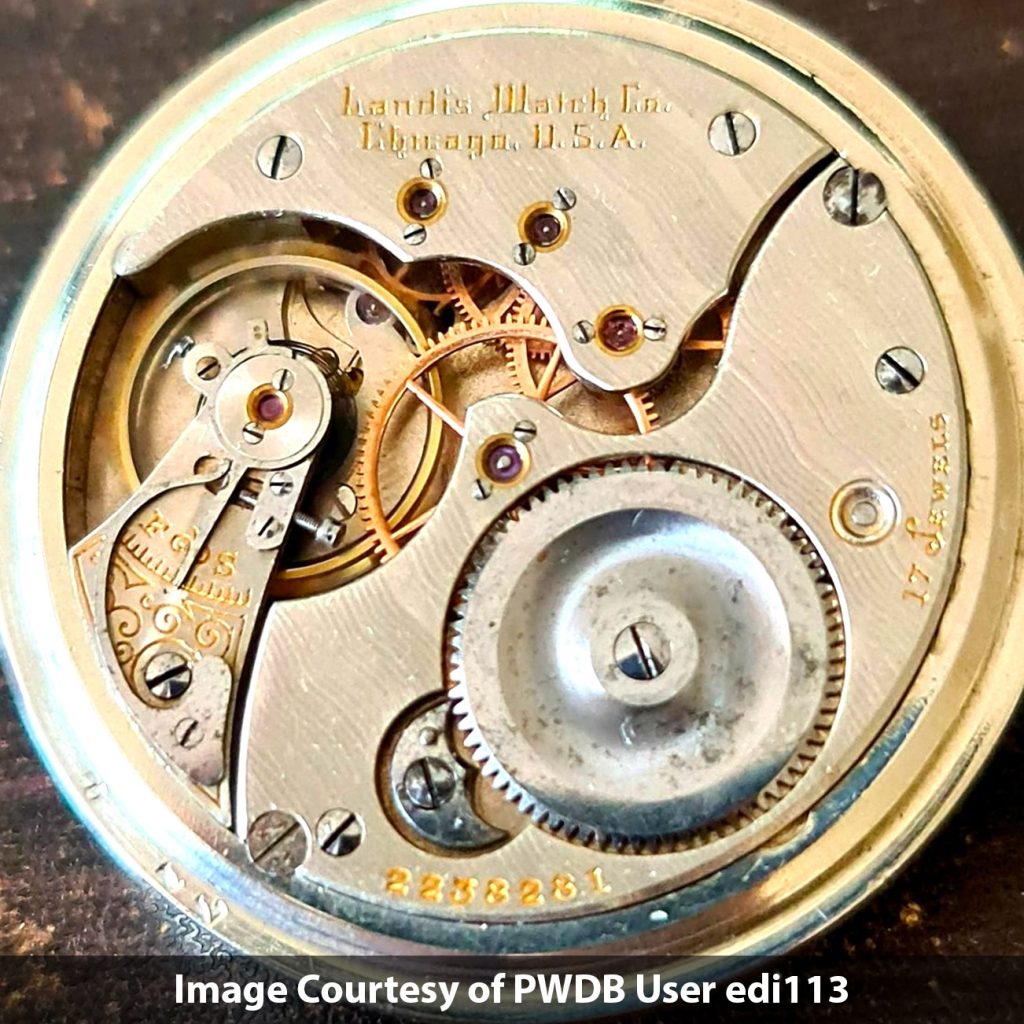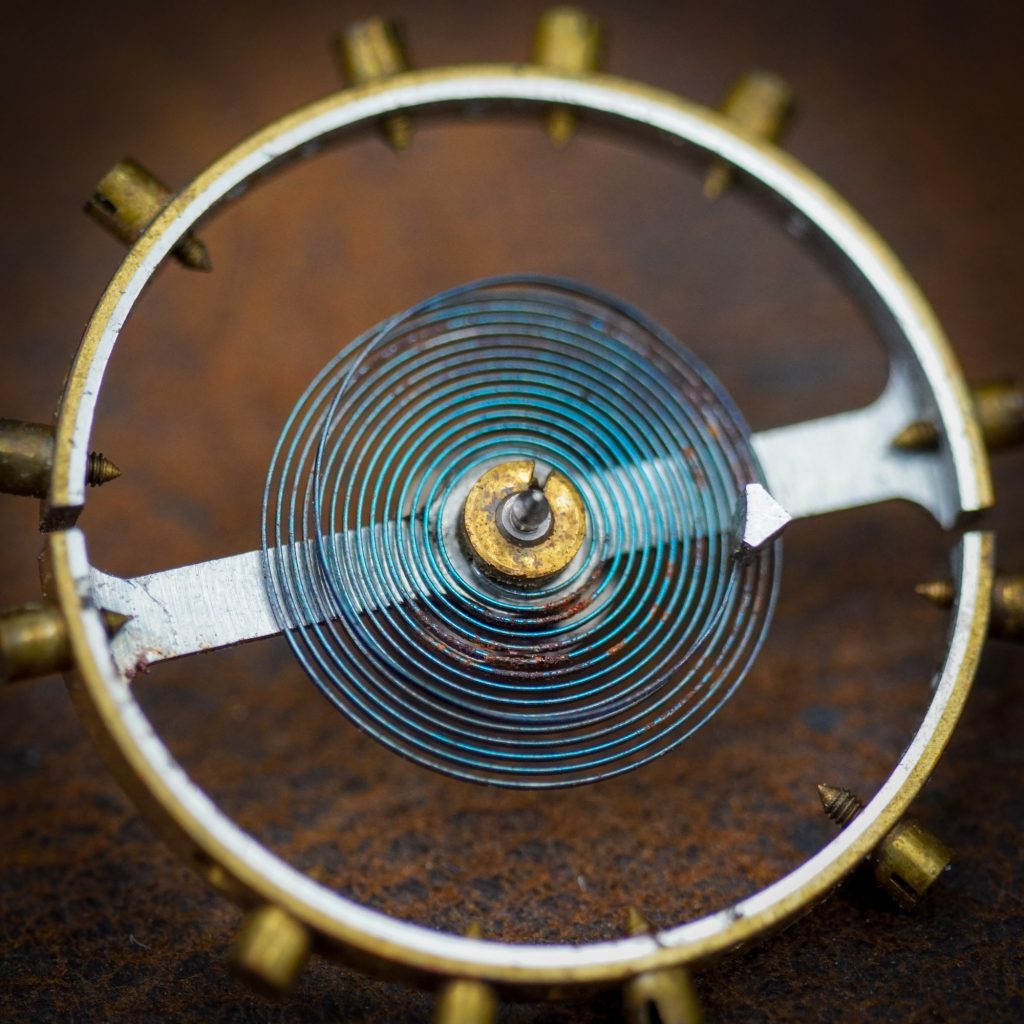Pocket Watch Dials: Enamel vs. Porcelain
One of the common inaccuracies made by new collectors is using the terminology “porcelain dial” instead of enamel.
While similarities are shared between the two materials, porcelain is a ceramic made by firing a clay substance while enamel is produced by fusing powdered glass to a substrate material.
During the traditional dial-making process, a copper disc was used as the substrate for the dial. Enamel paste was then brushed on the back of the dial and enamel powder was applied to the front. As the dial was heated face-up, the enamel melted to produce a brilliant white glossy material.
This technique is referred to as “vitreous enameling” from the Latin word “vitreum,” meaning “glass.” When a dial sustains damage, the original copper plate is often visible in places where the enamel has chipped.





I love your succinct articles on such a range of issues of interest to a collector like myself. Short, informative reads on everything from dial manufacturing to company successes or failures. I don’t know of any other place where I could find such material easily.
Thanks, Robert. I appreciate your comment. These aspects of American horology are really fascinating to me, and it is always fun to find people that share the same interests. Cheers!